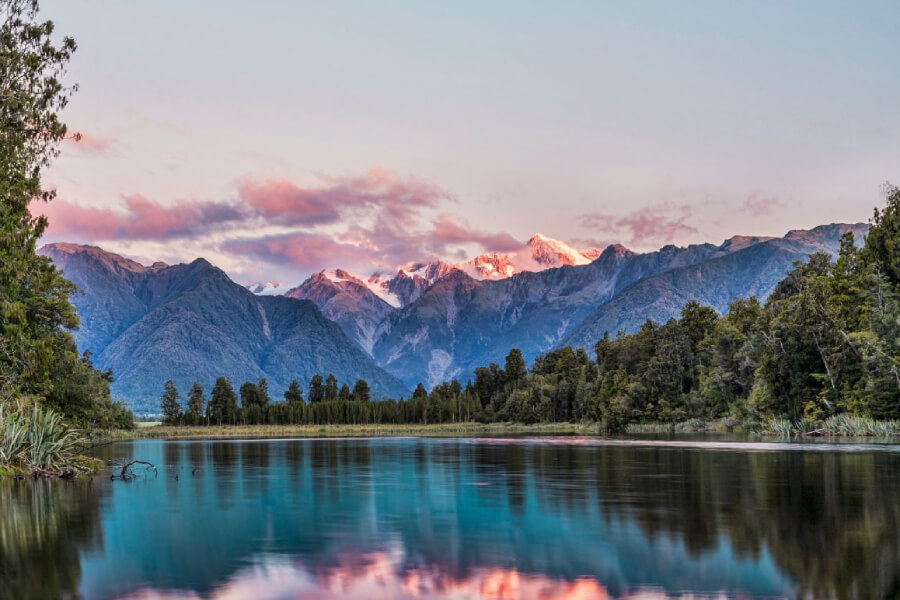Uncover New Zealand’s UNESCO World Heritage Sites, from the dramatic landscapes of Te Wahipounamu to the volcanic wonders of Tongariro National Park and the pristine beauty of the remote Kermadec Islands. Discover the natural and cultural treasures that make New Zealand a global heritage destination.
Introduction to UNESCO World Heritage Sites in New Zealand
New Zealand, a country renowned for its stunning landscapes and natural beauty, is home to several UNESCO World Heritage Sites. These sites are recognized by the United Nations Educational, Scientific and Cultural Organization (UNESCO) for their exceptional cultural, natural, or mixed (both cultural and natural) significance. The inclusion of sites in the UNESCO World Heritage list highlights their global importance and the need for their preservation.
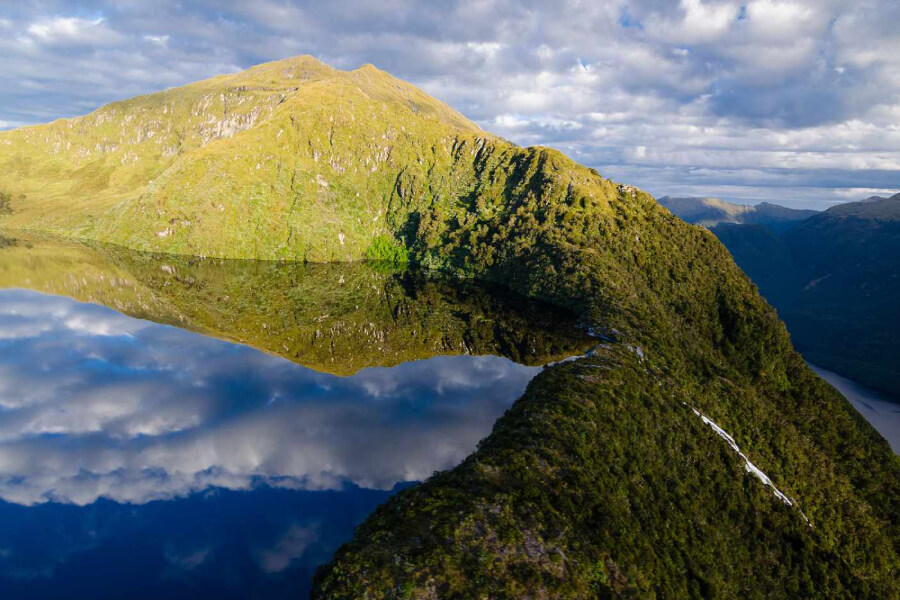
UNESCO World Heritage Sites are places or areas of outstanding value to humanity. They are selected based on their cultural, natural, or mixed significance, and they represent the world’s cultural and natural heritage. In New Zealand, these sites are chosen because they embody the country’s unique heritage and contribute to the global understanding of our planet’s history and natural diversity.
In New Zealand, the preservation of these World Heritage Sites is not only a matter of national pride but also a global responsibility. These sites not only showcase the country’s unique heritage but also contribute to the broader understanding of the world’s cultural and natural richness. Therefore, their conservation is essential for the benefit of current and future generations.
Overview of UNESCO World Heritage Sites in New Zealand
1. Te Wahipounamu – Southwest New Zealand World Heritage Area: This vast area on the South Island encompasses diverse ecosystems, including rainforests, fiords, and glaciers. It is home to unique wildlife and is celebrated for its geological and ecological significance. Te Wahipounamu is one of New Zealand’s UNESCO World Heritage Sites.
2. Tongariro National Park: Located in the central North Island, Tongariro National Park is renowned for its stunning volcanic landscapes, which feature active volcanoes, craters, and colorful hot springs. It holds significance for both its geological and cultural values and is another UNESCO World Heritage Site in New Zealand.
3. Kermadec Islands: Situated in the remote southwest Pacific Ocean, the Kermadec Islands are known for their pristine marine environments. They represent some of the last remaining and least disturbed oceanic habitats, making them a crucial site for biodiversity conservation. The Kermadec Islands are the third UNESCO World Heritage Site in New Zealand.
Te Wahipounamu – Southwest New Zealand World Heritage Area
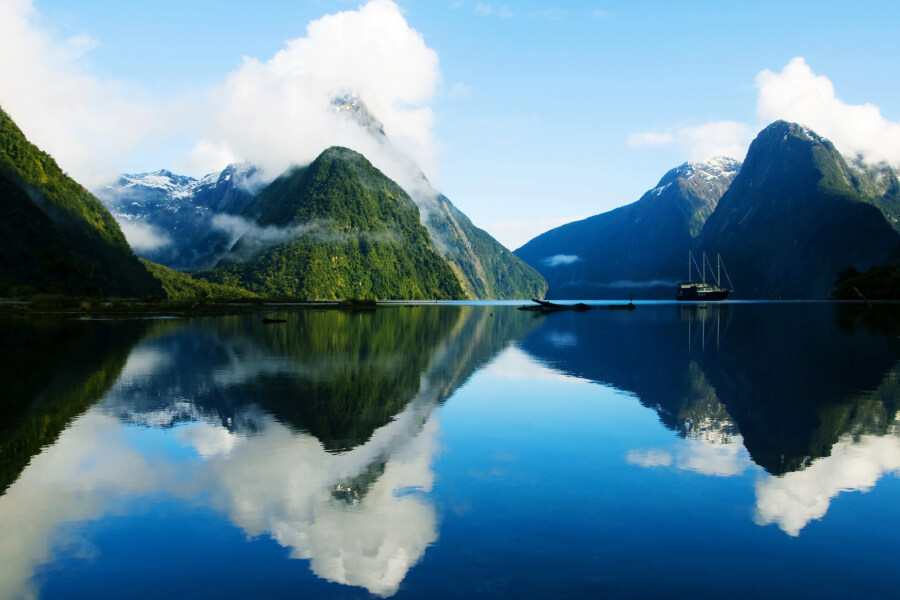
Te Wahipounamu, located on the South Island of New Zealand, is a UNESCO World Heritage Site that spans over 26,000 square kilometers. It is one of the most ecologically significant and visually stunning regions in New Zealand. The area is known for its dramatic landscapes, which include pristine fjords, rugged coastlines, and towering mountain ranges. The name “Te Wahipounamu” is of Māori origin, translating to “the place of greenstone,” reflecting the lush and diverse vegetation that blankets the region.
Te Wahipounamu was designated as a UNESCO World Heritage Site in 1990, primarily due to its exceptional natural beauty and ecological significance. This region is home to a wide variety of unique and endemic species, some of which can be found nowhere else on Earth. Notably, the rare and iconic flightless bird, the kiwi, is native to Te Wahipounamu.
Activities and Popular Tourist Attractions in Te Wahipounamu
1. Milford Sound
Known as the “Eighth Wonder of the World,” Milford Sound is a breathtaking fjord with towering waterfalls, sheer cliffs, and diverse marine life. Tourists can enjoy boat cruises, kayaking, and wildlife viewing.
2. Fiordland National Park
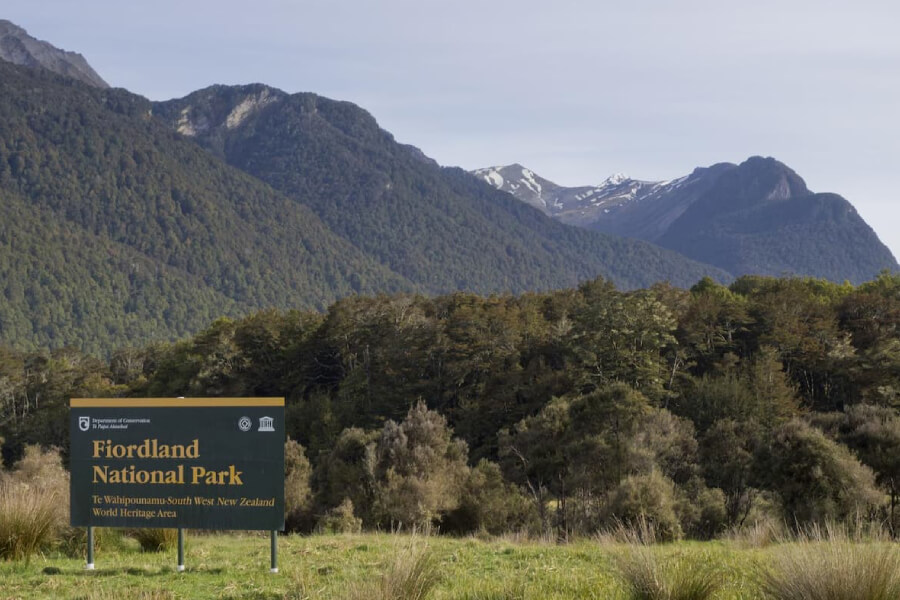
This park is the largest in New Zealand and covers much of Te Wahipounamu. It offers hiking, including the world-famous Milford Track, as well as opportunities for bird-watching and exploring its pristine wilderness.
3. Fox and Franz Josef Glaciers
These stunning glaciers are unique because they extend into temperate rainforests. Guided hikes and helicopter tours allow visitors to explore these icy wonders.
4. Hiking and Tramping
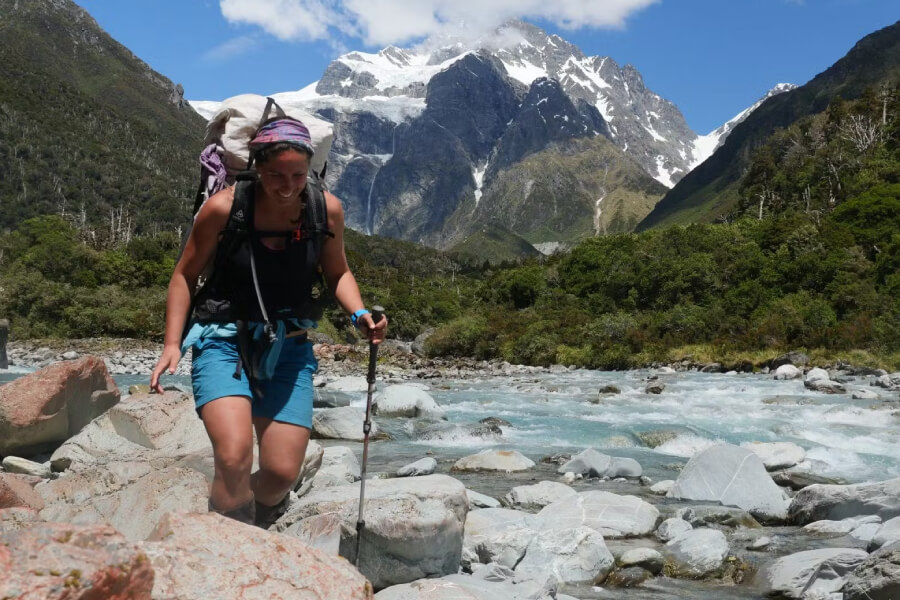
Te Wahipounamu is a paradise for hikers and trampers, with a network of well-maintained trails catering to various skill levels.
Tongariro National Park – Volcanic Landscapes
Tongariro National Park, situated in the central North Island of New Zealand, is a UNESCO World Heritage Site renowned for its remarkable volcanic landscapes. The park covers an area of approximately 795.98 square kilometers, making it the oldest national park in New Zealand and one of the oldest in the world. Tongariro National Park is dominated by three active volcanoes: Tongariro, Ngauruhoe, and Ruapehu. The volcanic terrain is characterized by craters, lava flows, and alpine landscapes, creating a truly unique and captivating environment.
Prominent Activities and Tourist Spots in the Area
1. Tongariro Alpine Crossing
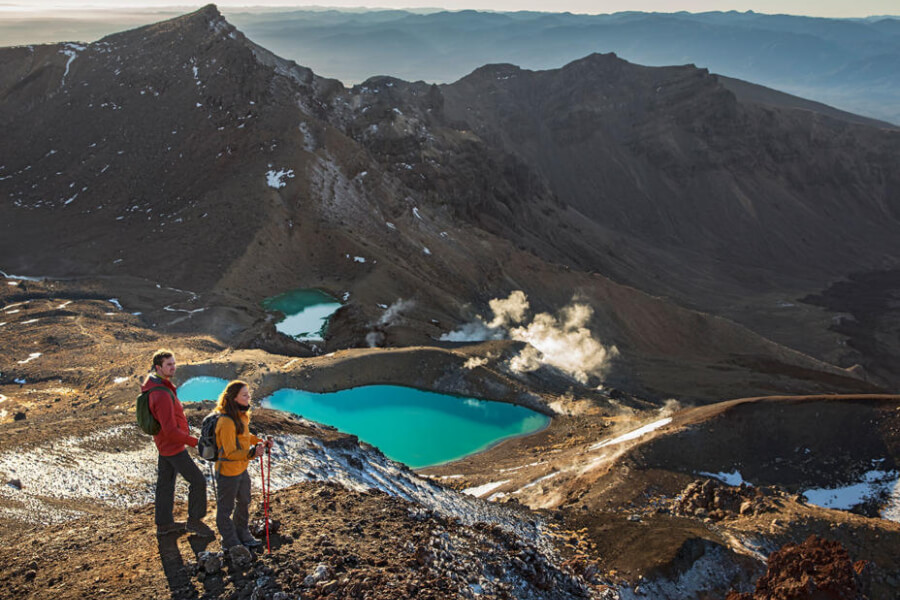
Considered one of the best day hikes in the world, this track takes hikers through diverse volcanic landscapes, including emerald lakes and steaming vents.
2. Skiing and Snowboarding
In the winter months, visitors can enjoy skiing and snowboarding on the slopes of Mount Ruapehu.
3. Taranaki Falls Walk

A shorter hike leading to a beautiful waterfall surrounded by lush native forest.
4. Lord of the Rings Film Locations
Fans of the movie trilogy can explore locations used in the “Lord of the Rings” films.
Kermadec Islands – Remote Pacific Ocean Archipelago
The Kermadec Islands, located in the southwestern Pacific Ocean, represent a remote archipelago of volcanic origin. Comprising a chain of islands and underwater seamounts, the Kermadec Islands extend over 250,000 square kilometers. These islands are some of the most isolated in the world, with Raoul Island being the largest and most significant. The marine environment surrounding the islands is equally spectacular, characterized by deep-sea trenches and pristine waters.
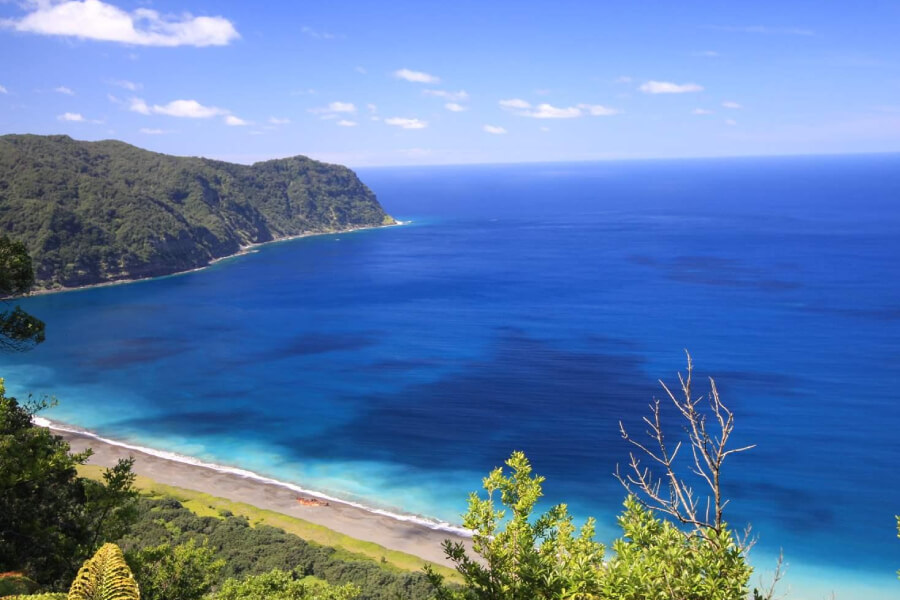
Unique Features of the Kermadec Islands
1. Volcanic Activity
These islands are formed by volcanic eruptions and are part of the Pacific Ring of Fire, resulting in remarkable geological formations.
2. Marine Biodiversity
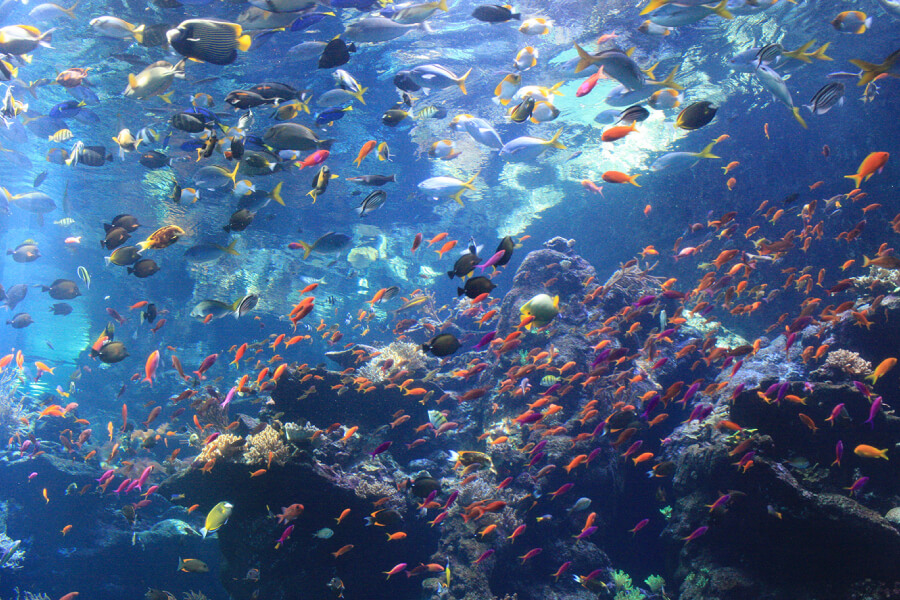
The surrounding marine area is renowned for its diverse and abundant marine life, including numerous species of fish, whales, and sharks.
3. Bird Life
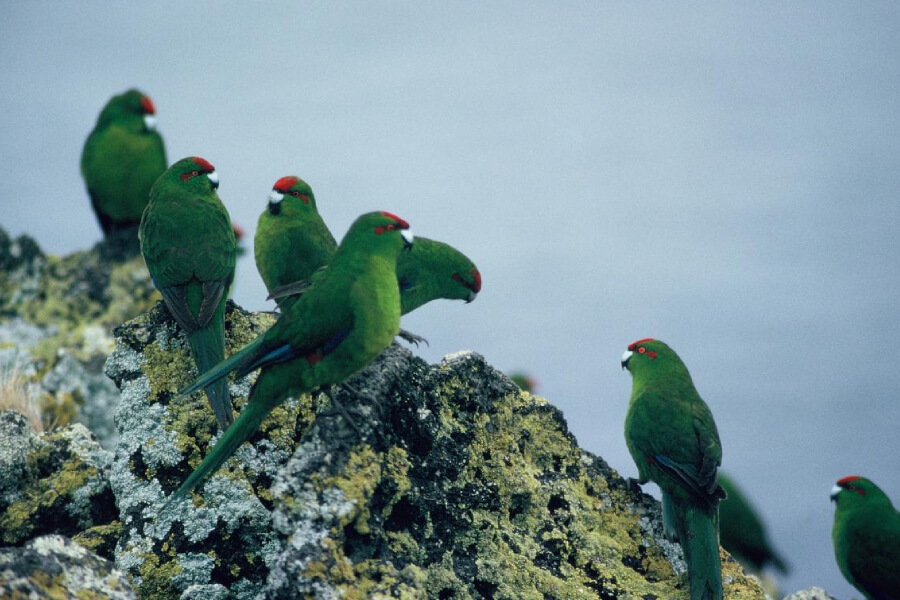
These islands are home to significant bird populations, including rare and endemic species such as the Kermadec petrel and the Kermadec red-crowned parakeet.
New Zealand’s UNESCO World Heritage Sites offer a remarkable blend of nature and culture, and their preservation is of global importance. These sites are windows to our planet’s past and keys to understanding our planet’s future. As travelers and protectors, we have a duty to explore them responsibly and advocate for their continued conservation, ensuring they endure as treasures for all time.

